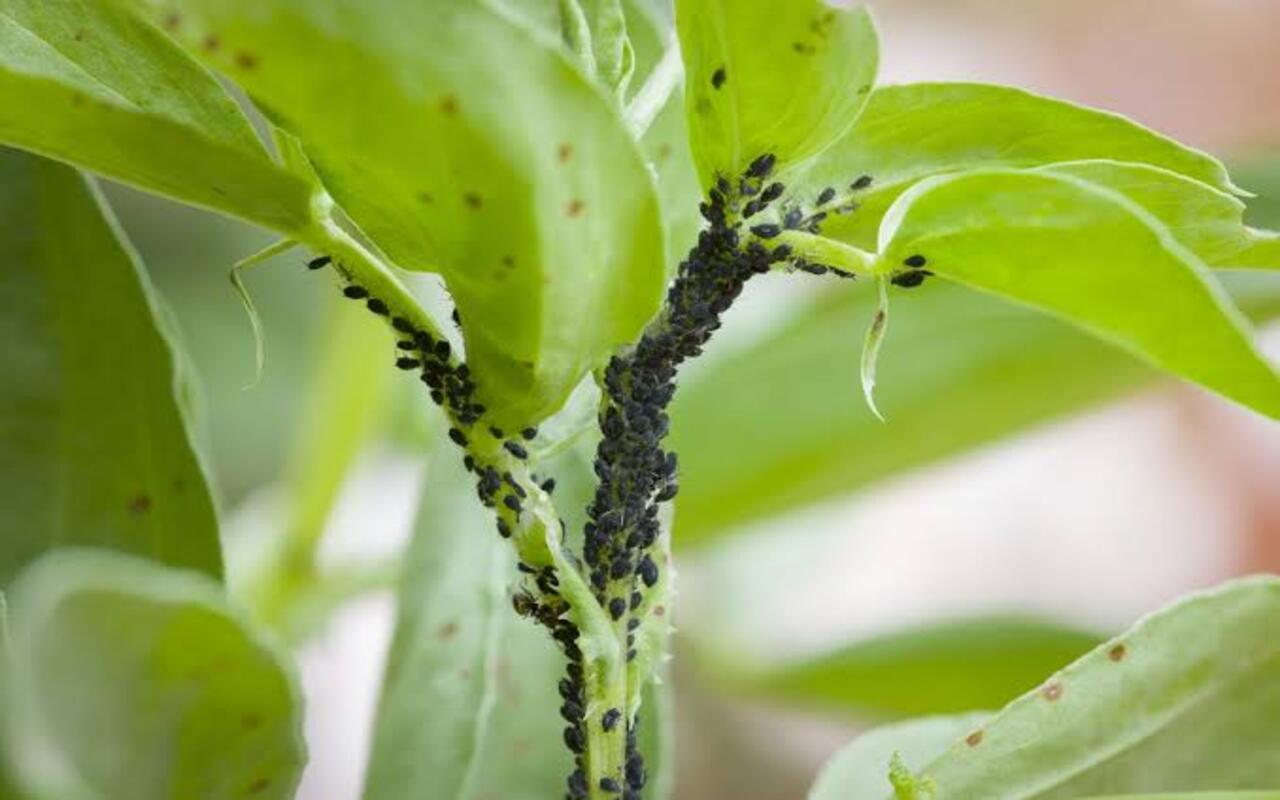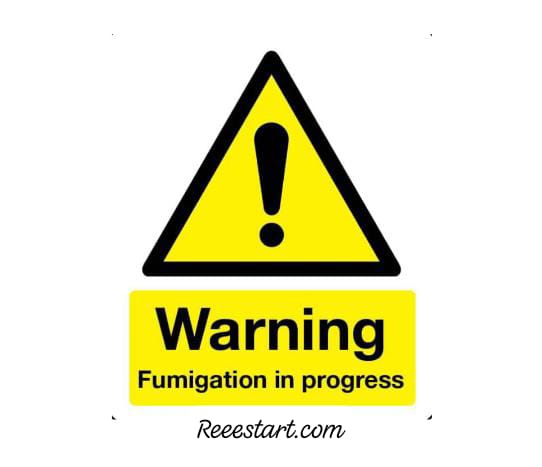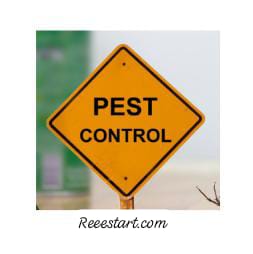Common Garden pests can pose significant challenges to gardeners, but there are numerous organic strategies to manage them without resorting to harmful chemicals. Here are some of the most prevalent garden pests and recommended organic control techniques.
Common Garden Pests
Here,we going to focus on Common Garden Pests to put into consideration:
Aphids
- Aphids These small, sap-sucking insects can cause leaves to curl and yellow.
- To control this pest Ladybugs, lacewings, and parasitic wasps are natural predators. Neem oil and insecticidal soap can also be effective.
Caterpillars
- Larval forms of moths and butterflies, caterpillars can defoliate plants.
- You can control these pests organically through Row covers that can protect plants, Bacillus thuringiensis (Bt) is a natural bacterium that kills caterpillars. Handpicking can be effective for small infestations.
Slugs and Snails
- These soft-bodied creatures can damage leaves, stems, and flowers.
- Diatomaceous earth is a sharp, abrasive powder, Beer traps can attract and drown them.
- Handpicking can be effective, especially in the morning or evening.
Spider Mites
- These tiny, spider-like insects can cause leaves to turn yellow and brown.
- Strong water spray can dislodge them. Neem oil and insecticidal soap can be effective.
- Predatory mites are natural enemies.
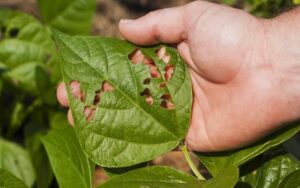
Whiteflies
- These small, white, flying insects can cause leaves to yellow and become sticky.
- Yellow sticky traps can attract and capture them, Neem oil and insecticidal soap can be effective.
- Ladybugs and lacewings are natural predators.
Gophers and Voles
- These burrowing rodents can damage plants by tunneling and eating roots.
- Traps, repellents, and barriers can be used to control them
Common Garden Pest and Disease
Garden pests and diseases can significantly impact plant health, yield, and aesthetic appeal. Effective management strategies are essential for maintaining a thriving garden:
Common Garden Pests Diseases
Garden pests can cause too many diseases, such as the following:
- Fungal Diseases, Powdery mildew, rust, black spot, blight, and root rot.
- Viral Diseases, Mosaic viruses and ringspot viruses.
- Bacterial Diseases, Fire blight and bacterial wilt.
Most effective Prevention Strategies
- Healthy Plants, Purchase disease-free plants from reputable sources.
- Resistant Varieties, Select cultivars known for their resistance to common pests and diseases.
- Proper Care, Ensure adequate watering, fertilization, and pruning.
- Sanitation, Remove and destroy infected plant material to prevent disease spread.
- Crop Rotation, Rotate crops to disrupt pest and disease cycles.
- Beneficial Insects, Encourage natural predators like ladybugs, lacewings, and parasitic wasps.
Treatment Options To Choose from
There are too many options to choose from, this include Non-Chemical Methods and Chemical Methods:
Non-Chemical Methods
- Physical removal of pests.
- Cultural practices (such as row covers, companion planting).
- Home remedies (neem oil, insecticidal soap).
Chemical Control
- Using pesticides as a last resort, following label instructions carefully and considering environmental impact.
- Consider organic alternatives like neem oil, insecticidal soap, or botanical insecticides.
- IPM combines various methods to control pests and diseases while minimizing environmental harm,It involves monitoring for pests, identifying the problem, and implementing appropriate control measures.
Garden Pests in Soil
Soil-dwelling pests can cause damage to plants by feeding on roots, stems, and other underground parts, Here are some common soil pests and strategies to manage them:
Common Soil Pests
- Grubs, Larvae of beetles, grubs can damage roots by feeding on them.
- Wireworms, Larvae of click beetles, wireworms can chew on roots and stems.
- Root Knot Nematodes, Microscopic roundworms that form galls on plant roots, stunting growth.
- Cutworms, Larvae of night-flying moths, cutworms sever plants at the base.
- Mole Crickets, These insects create tunnels that can damage roots and disrupt plants.
Management Strategies
Cultural Practices
- Crop Rotation, Rotating crops can help disrupt pest life cycles.
- Deep Tilling, Tilling the soil can expose pests to predators and harsh conditions.
- Cover Cropping, Planting cover crops between main crops can attract beneficial insects and improve soil health.
- Soil Amendments, Adding organic matter to the soil can improve its structure and create a less hospitable environment for pests.
Beneficial Organisms
- Predatory Nematodes, Introduce beneficial nematodes that prey on harmful nematodes.
- Parasitic Wasps, These wasps lay eggs in pest larvae, eventually killing them.
- Ladybugs and their larvae can feed on aphids and other pests.
Biological Control
- Bacillus thuringiensis (Bt), A bacterium that can be used to control grubs and cutworms.
- Neem Oil, A natural insecticide that can be effective against a variety of pests.
Chemical Control
- Insecticides, you can use insecticides specifically designed for soil pests, following label instructions carefully.
Tips for Effective Pest Control
- Monitor Regularly, Check your plants frequently for signs of pests.
- Identify Pests, Correctly identify pests to choose the right control method.
- Act Promptly, Address infestations early to prevent further damage.
- Consider Environmental Impact, Choose methods that minimize harm to beneficial insects and the environment.
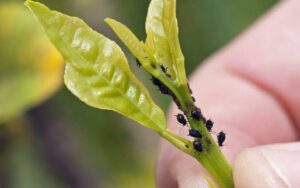
How can I identify an aphid infestation in my garden?
Aphids are small, soft-bodied insects that can be a common pest in gardens. Here are some signs to look for that might indicate an aphid infestation:
- Yellowing or distorted leaves, Aphids feed on plant sap, causing leaves to turn yellow or become distorted.
- Sticky substances، Aphids secrete a sticky substance called honeydew, which can attract ants and other pests.
- Ants may be present on your plants, as they often farm aphids for honeydew.
- Visible aphids, You may be able to see the aphids themselves, especially on the undersides of leaves or in the tender growth of plants.
Garden bugs a friend or a foe?
Garden bugs can be both friends and foes. It depends on the specific type of bug and the role it plays in your garden ecosystem.
Beneficial bugs include:
- Predators, These bugs eat other insects, often pests that can damage your plants. Examples include ladybugs, lacewings, and praying mantises.
- Pollinators, These bugs help plants reproduce by transferring pollen from one flower to another. Bees, butterflies, and hummingbirds are common pollinators.
Harmful bugs can include
- Herbivores, These bugs eat plants, often causing damage to leaves, stems, or roots. Examples include aphids, caterpillars, and beetles.
- Disease carriers, Some bugs can transmit plant diseases, leading to weakened or dying plants.
To determine if a bug is a friend or foe, consider the following:
- What is the bug doing? Is it eating other insects, pollinating flowers, or damaging plants?
- How many are there? A small number of a particular bug might not be a problem, but a large infestation could be harmful.
Are there signs of plant damage? If your plants are suffering, it’s likely that a pest is to blame.

